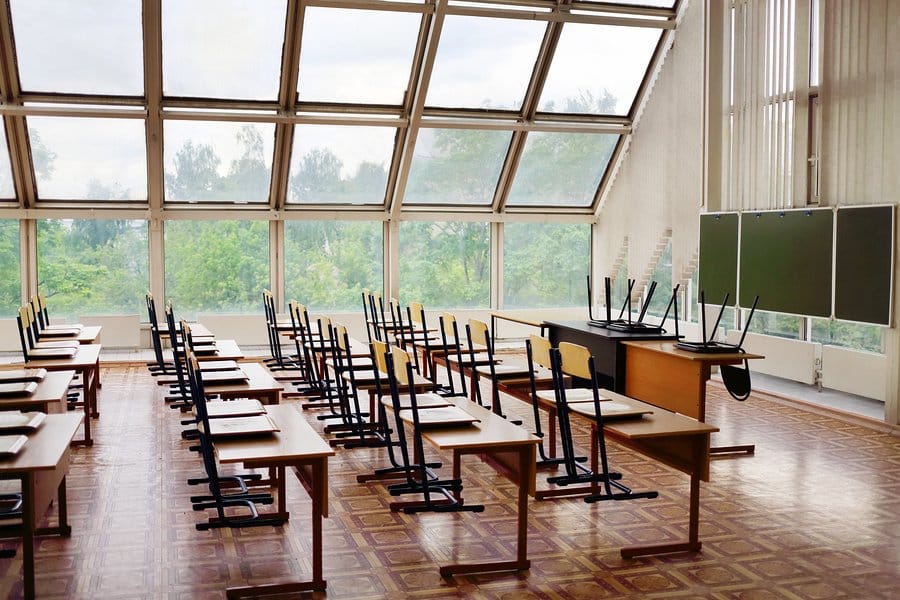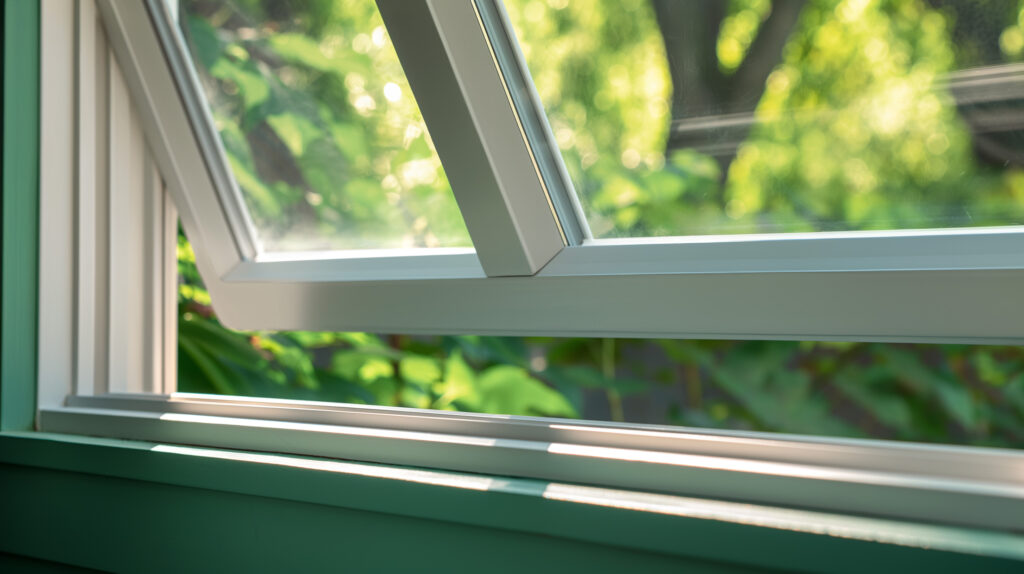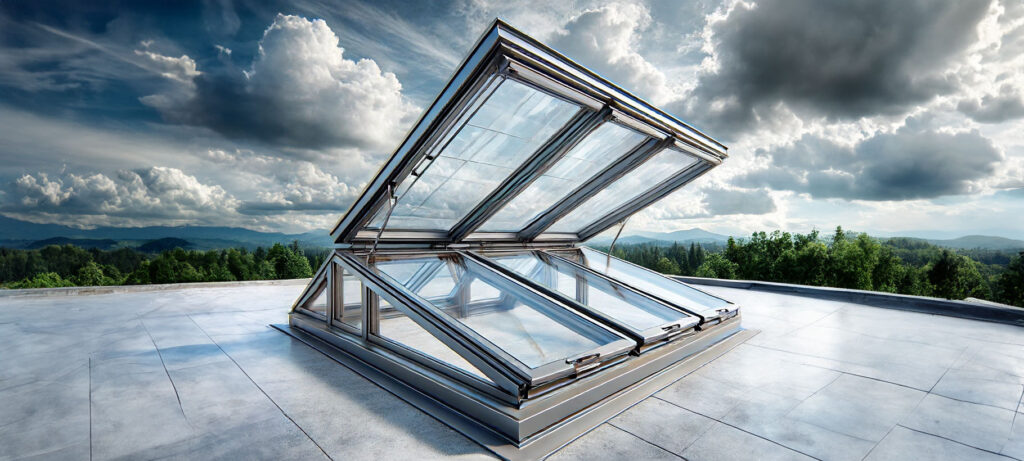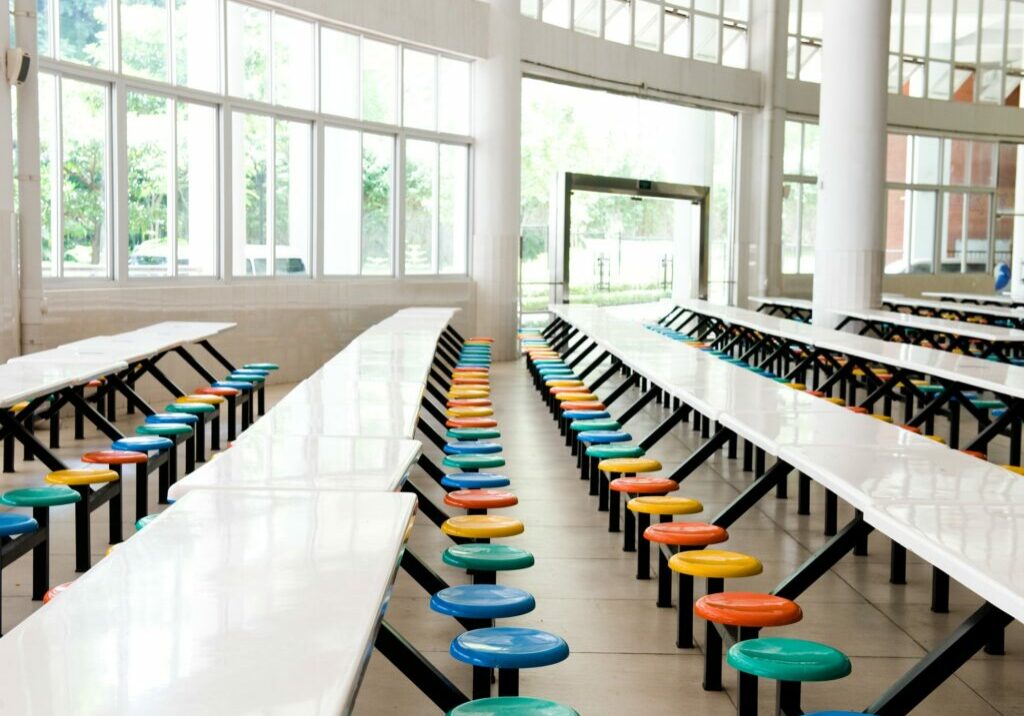Selecting the right window type for schools is essential to create a safe, comfortable, and energy-efficient environment for students and staff. Different window types offer various benefits in terms of durability, insulation, noise control, and safety, making it crucial for schools to choose options that suit their specific needs and budgets. In this article, we’ll compare common window types for schools and explore which options work best for educational settings.
1. Double-Hung Windows: Classic Style with Easy Ventilation
Double-hung windows are among the most commonly used in educational buildings due to their traditional appearance and ease of use. These windows have two operable sashes that slide vertically, allowing controlled ventilation from the top, bottom, or both.
- Pros: Double-hung windows provide excellent ventilation and are easy to operate and maintain. They allow precise control over airflow, which helps regulate classroom temperature without excessive reliance on HVAC systems.
- Cons: While double-hung windows are durable, they are not as energy-efficient as other options. Heat can escape through the sashes, especially in older models, which can lead to increased energy costs.
- Best For: Double-hung windows are suitable for classrooms and areas where easy ventilation is a priority. For improved energy efficiency, schools should choose double-hung windows with Low-E glass or other energy-saving features.

2. Casement Windows: Enhanced Energy Efficiency and Security
Casement windows are hinged on one side and open outward, providing excellent insulation and airtight sealing when closed. They are easy to operate with a crank handle, making them ideal for controlled airflow and improved security.
- Pros: Casement windows offer better insulation than double-hung windows, thanks to their tight seals. They allow ample natural light and provide an excellent view of the outdoors, which can enhance the ambiance of classrooms and create a more open feeling.
- Cons: These windows can be more expensive and may be vulnerable to damage in windy areas since they open outward. Additionally, they may require more maintenance due to their crank mechanism.
- Best For: Casement windows work well in classrooms where energy efficiency and secure ventilation are priorities. They are particularly effective in areas prone to drafts or colder climates, as their tight seals help maintain indoor temperatures.
3. Fixed Windows: Optimal Lighting with Minimal Maintenance
Fixed windows, also known as picture windows, are non-operable windows that provide uninterrupted views and ample natural light. Since they do not open, fixed windows offer maximum energy efficiency and minimal maintenance needs.
- Pros: Fixed windows are highly energy-efficient and can be designed in various sizes and shapes to complement a school’s architectural style. They also have fewer moving parts, reducing maintenance needs and improving longevity.
- Cons: Since they don’t open, fixed windows cannot provide ventilation, which can be a drawback in classrooms that rely on natural airflow. They may need to be combined with other window types to balance lighting and ventilation needs.
- Best For: Fixed windows are ideal for hallways, libraries, and other areas where natural light is the primary requirement. For classrooms, they can be paired with operable windows to maintain both light and ventilation.
4. Awning Windows: Superior Weather Protection and Versatile Design
Awning windows are hinged at the top and open outward from the bottom, providing an effective barrier against rain and external elements. This makes them suitable for regions with frequent rainfall, as they can stay open even in wet conditions.
- Pros: Awning windows offer excellent ventilation without exposing the room to rain. They are energy-efficient, especially when installed with double glazing, and they provide additional security because they can be placed high on walls, out of reach of young students.
- Cons: Awning windows may not be ideal in areas prone to high winds, as outward-opening windows are more susceptible to damage. They may also obstruct walkways if installed at low heights.
- Best For: Awning windows are a great choice for bathrooms, kitchens, or classrooms in rainy climates where ventilation and weather protection are essential. Their secure design makes them suitable for classrooms that need windows placed higher up on the wall.

5. Sliding Windows: Space-Saving and Easy to Operate
Sliding windows have one or more panels that slide horizontally, allowing for easy opening and closing. They are a popular choice for educational buildings due to their simplicity and ease of use.
- Pros: Sliding windows are space-saving and easy to operate, making them ideal for areas where quick access to fresh air is needed. They offer a clear, unobstructed view and allow for ample natural light to enter.
- Cons: Sliding windows typically have less effective insulation compared to casement or fixed windows, which can lead to heat loss. Additionally, dirt and debris can accumulate in the tracks, requiring regular cleaning and maintenance.
- Best For: Sliding windows work well in classrooms, administrative offices, and areas with limited space where ease of access and natural light are priorities. Choosing double-paned sliding windows can help improve energy efficiency.
6. Tilt-and-Turn Windows: Versatile Operation with High Security
Tilt-and-turn windows are unique in that they can open inward in two ways—tilting at the top for ventilation or fully swinging inwards. This versatility makes them highly secure and ideal for various classroom needs.
- Pros: Tilt-and-turn windows provide excellent insulation and ventilation options. Their dual-functionality allows precise control over airflow while maintaining security, as they can tilt open for air without fully opening the window. They are also easy to clean from the inside, which can reduce maintenance.
- Cons: Tilt-and-turn windows tend to be more expensive than other types and require adequate indoor space for full swing operation. Additionally, younger students may require supervision when using these windows due to their complex functionality.
- Best For: Tilt-and-turn windows are ideal for classrooms where flexible ventilation and security are important. They are particularly suitable for ground-floor classrooms where access control is a concern.
7. Skylight Windows: Maximizing Natural Light from Above
Skylights are installed on the roof, allowing natural light to enter from above. Although less common in traditional classrooms, skylights can be an excellent addition in spaces like libraries, gyms, or labs that benefit from abundant natural light.
- Pros: Skylights maximize natural light, creating a bright and open environment. They reduce the need for artificial lighting, helping to lower energy costs, and can be fitted with operable mechanisms to allow ventilation as needed.
- Cons: Skylights can be more expensive to install and may require additional maintenance to prevent leaks. Without proper UV filtering, they may cause glare or excessive heat.
- Best For: Skylights are ideal for areas that require ample natural light, such as libraries or art rooms. They are a great option for enhancing the aesthetic of the space while providing energy-saving benefits.

Conclusion
Choosing the right window type for schools involves balancing comfort, energy efficiency, security, and cost. Each window type offers distinct benefits, from the versatile functionality of tilt-and-turn windows to the low maintenance needs of fixed windows. By understanding the unique advantages of each type, schools can select windows that best support learning environments, improve comfort, and reduce energy costs.


